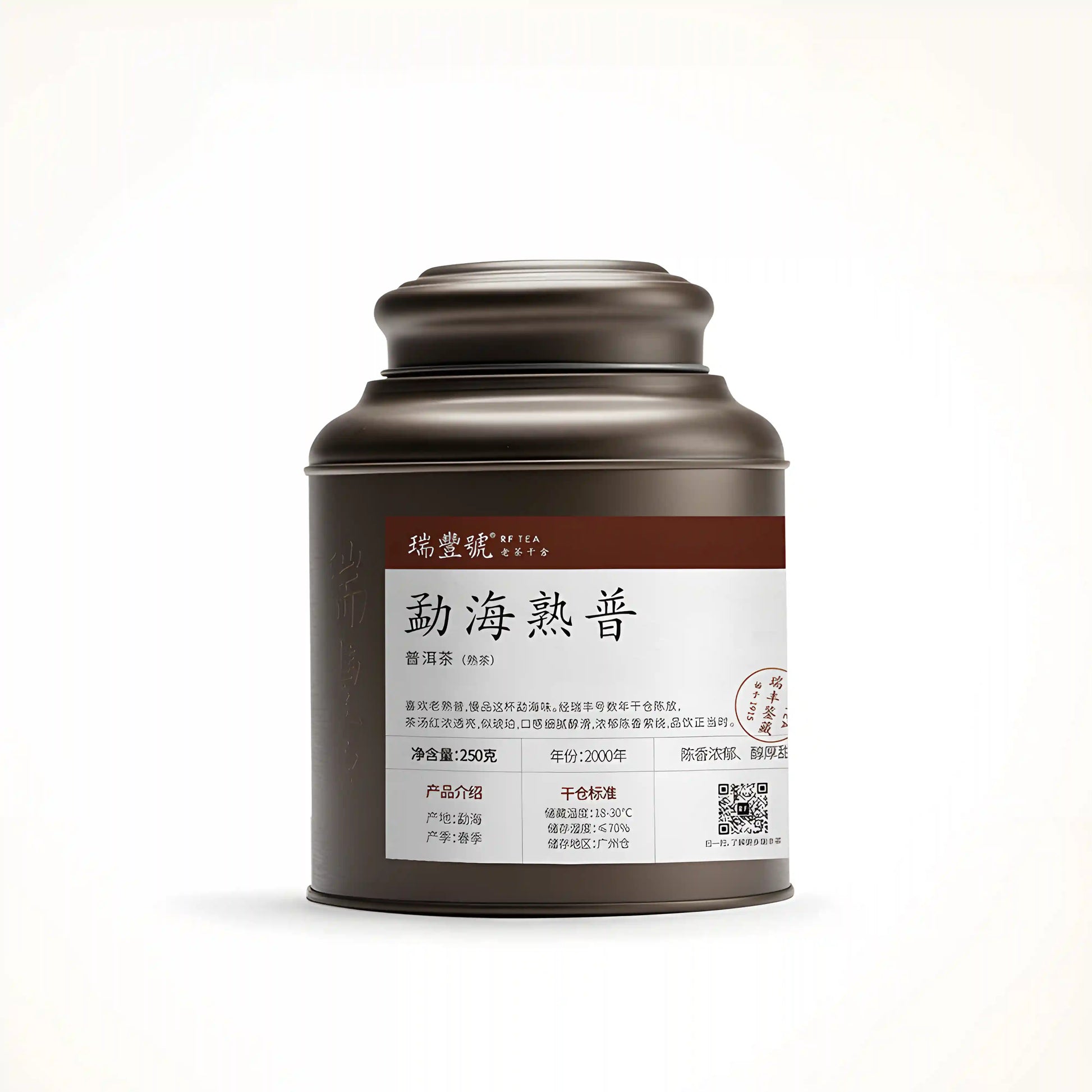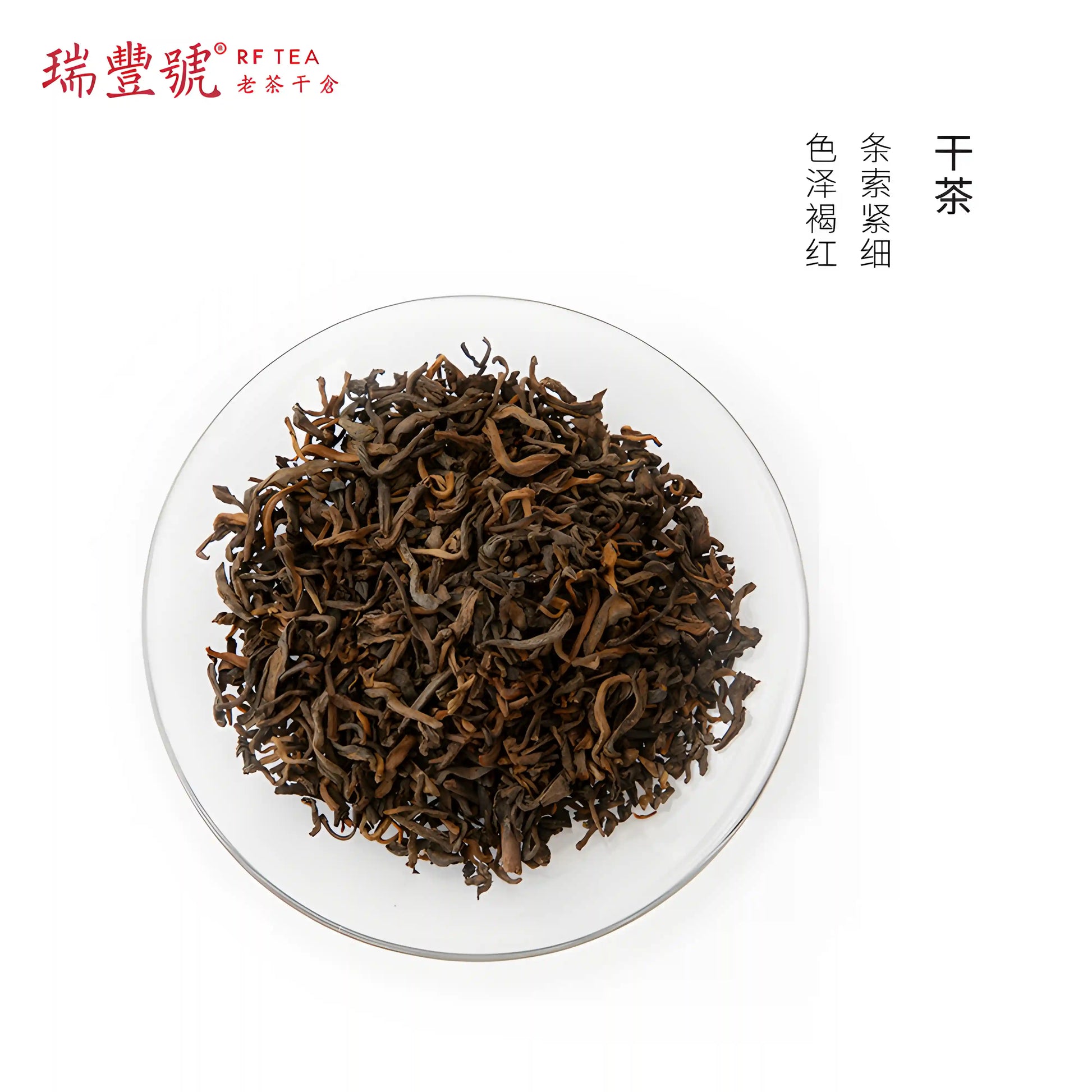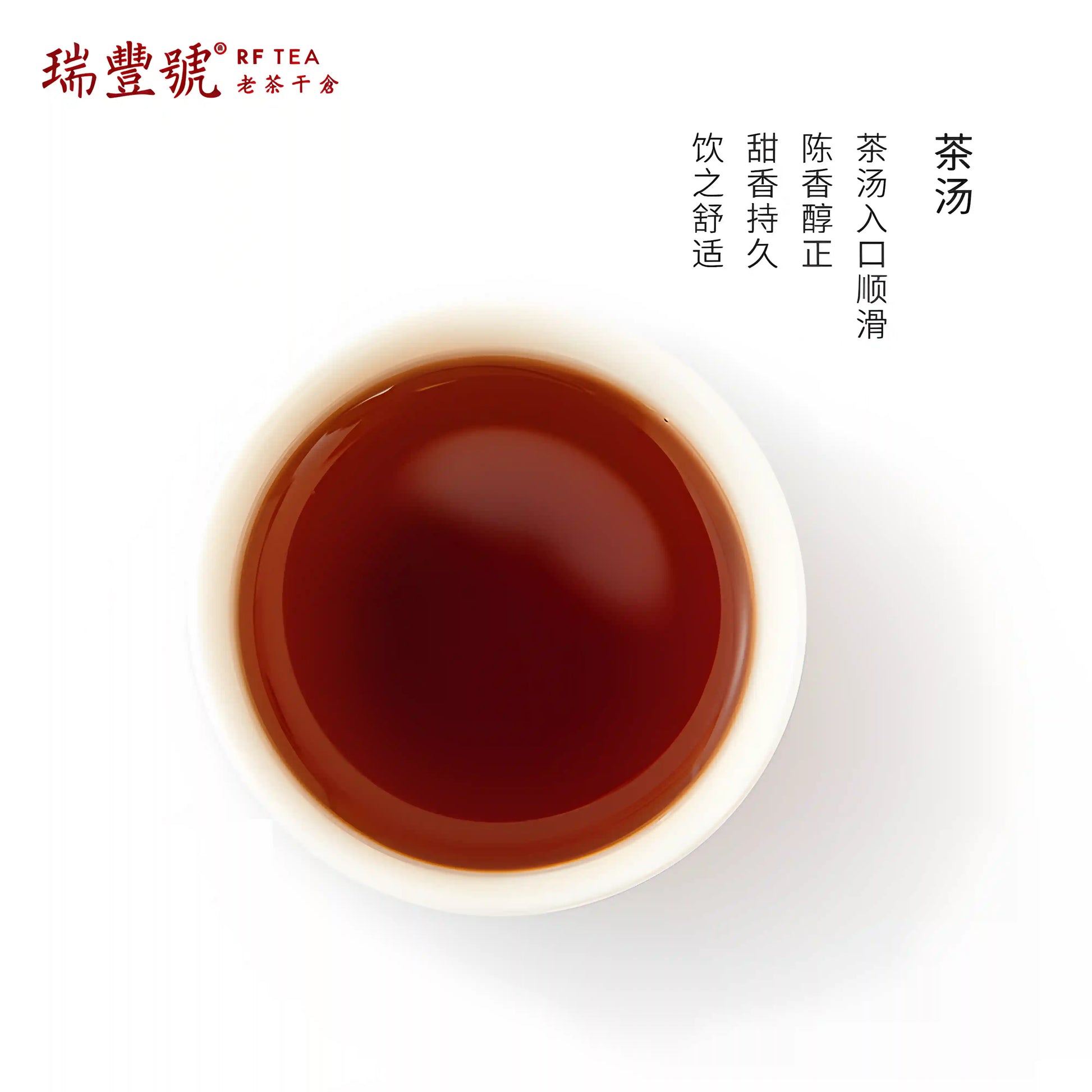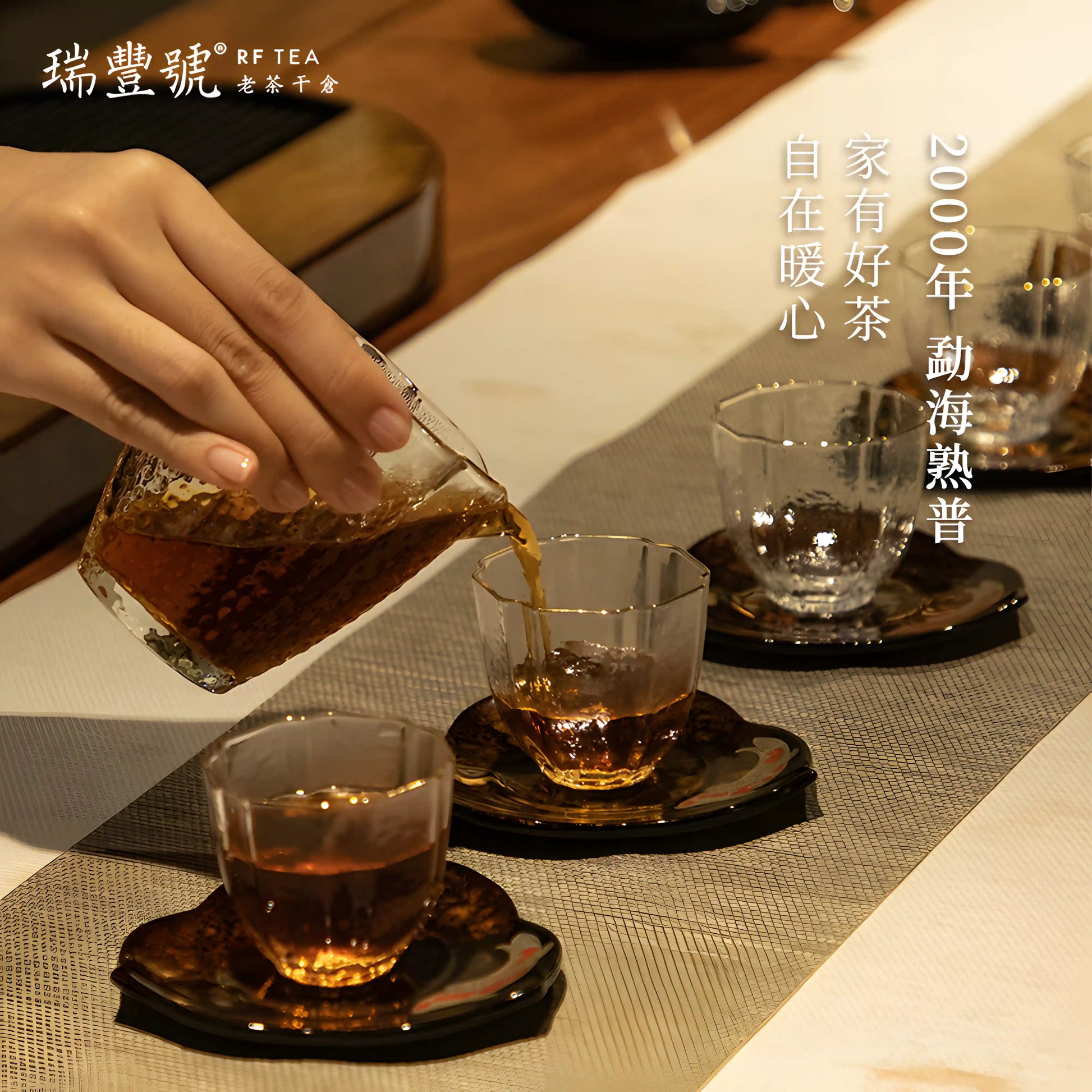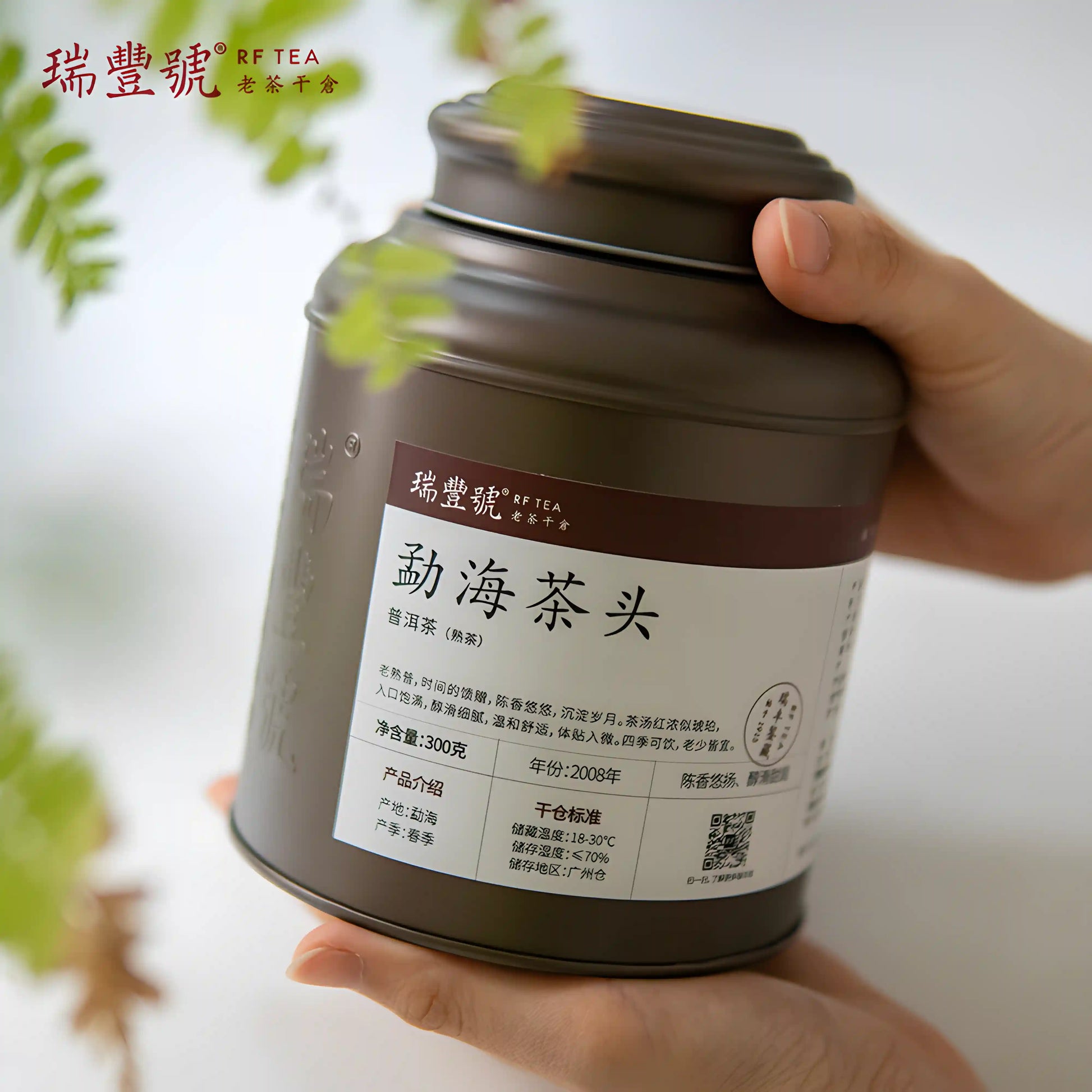Menghai Ripe Pu-erh Tea | Best Sleepytime Tea
Menghai Ripe Pu-erh Tea | Best Sleepytime Tea
Caffeine: Low
Flavor: Mellow\Floral
Aged Pu-erh Ripe Tea from Menghai with Rich Burgundy Liquor and Smooth, Velvety Flavor
The Elements: 【🌊 Water】
Caffeine Level: Low
Benefits of the Tea:
- Promotes Calmness & Mental Clarity
- Supports Detoxification & Kidney Health
- Balances Emotions & Enhances Fluidity
Exquisite Spring Selection: This tea is a tribute to the finest spring harvest from the Menghai tea region, masterfully crafted through the traditional fermentation process of Pu-erh ripe tea.
Rich Color and Aroma: It presents a luxurious burgundy color and an intoxicating aged aroma, with a tea liquor that is as ruby red and luminous as a precious gem.
Sophisticated Flavor Profile: The palate is treated to a symphony of rich, mellow flavors, balanced with delicate sweetness and a velvety smoothness that lingers delightfully on the tongue. The gentle nature of Pu-erh ripe tea is not only a pleasure to drink but also a nurturing warmth for the stomach.
Water Element Insight
- Organ: Kidney & Bladder
- Emotion: Calm, Fear, Fluidity
- Energy Direction: Downward, Cooling, Restorative
- When out of balance: Fear, Anxiety, Fluid Retention
This tea’s Water energy nurtures the kidneys, supports detoxification, and encourages emotional balance and tranquility.
Introduction to the Tea
A Fusion of Science and Tradition: Pu-erh ripe tea embodies a harmonious blend of scientific precision and human ingenuity in its accelerated fermentation process, resulting in a tea with a mellow character that is both timeless and comforting.
A Historic Milestone: The year 1973 marks a significant chapter in the Pu-erh tea narrative, with the Kunming Tea Factory leading the way in the development of the piling technique. This innovation has since become an integral part of crafting the ripe, gentle nature of Pu-erh tea, a method that has been refined over the decades and is now revered by tea connoisseurs globally.
Ingredients & Origin
- Ingredient: Ripe Pu-erh Tea
- Origin: Menghai, Yunnan, China
- Harvest Year: Vintage Blend
Crafted with care and precision for a balanced and soothing tea experience.
How to Brew
Traditional Brew: 5g / 100°C / Rinse once / Steep 15–30 seconds / Increase steep time gradually
Modern Brew: 3g / 250ml / 95°C / Steep 3–5 minutes
Frequently Asked Questions
What is Pu-erh ripe tea?
- Pu-erh ripe tea undergoes a unique fermentation process that creates a mellow and smooth flavor profile.
How does the piling technique affect the tea?
- The piling technique accelerates fermentation, enhancing the tea's richness and mellow character.
Is this tea good for digestion?
- Yes, Pu-erh ripe tea is known for its gentle warmth that supports digestive health.
🌊 Embrace Water’s Flow – Savor the Timeless Comfort of Pu-erh Ripe Tea
Couldn't load pickup availability
Share
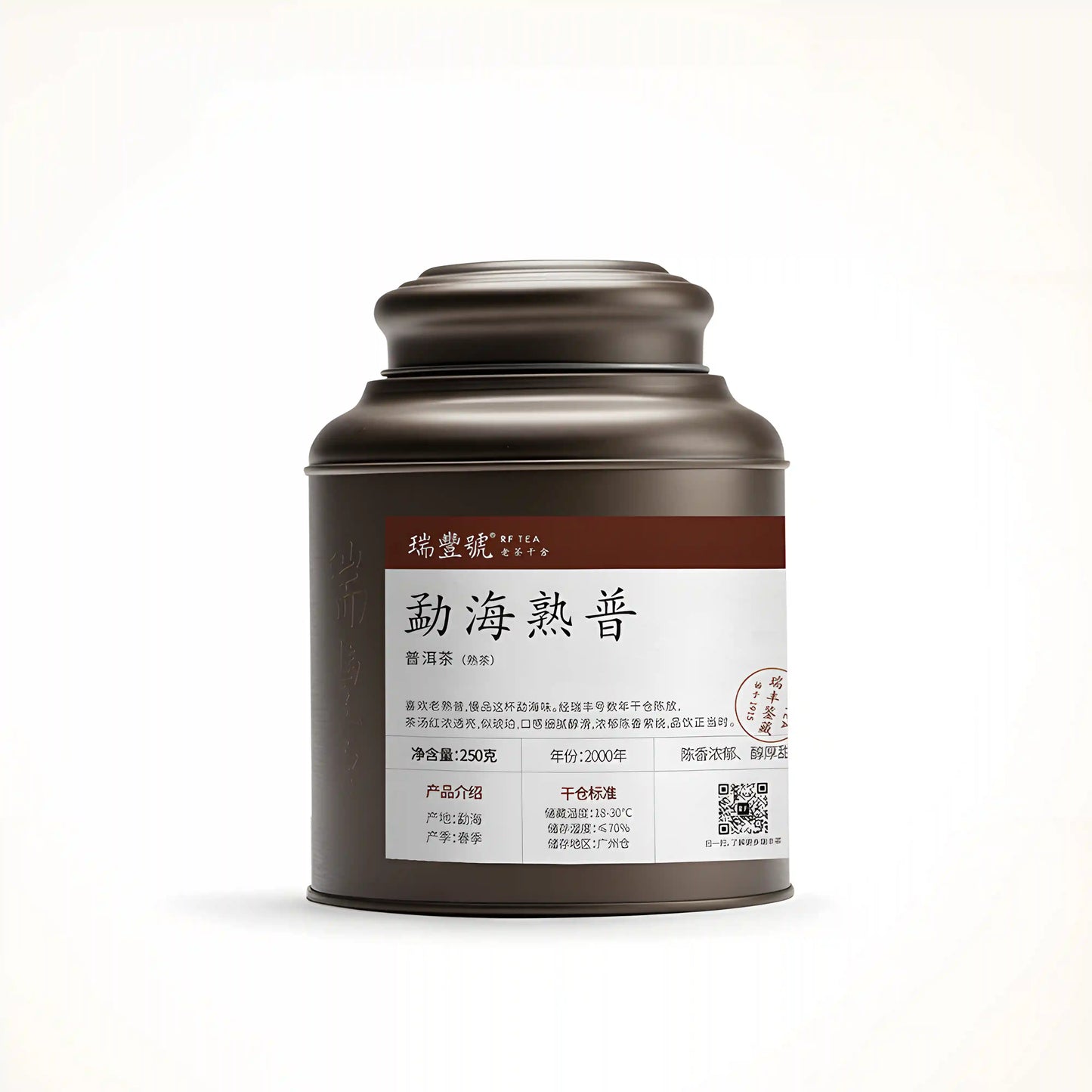
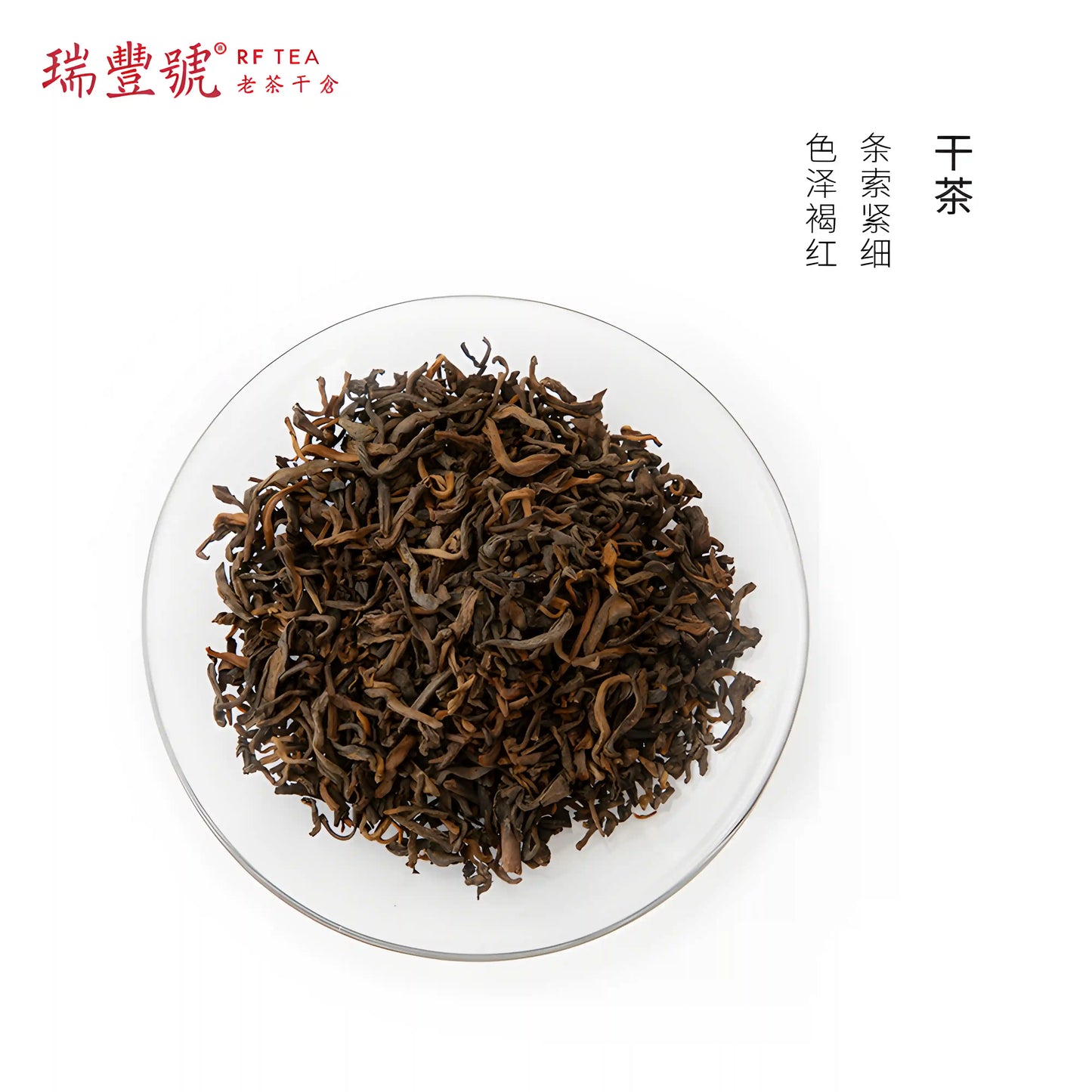

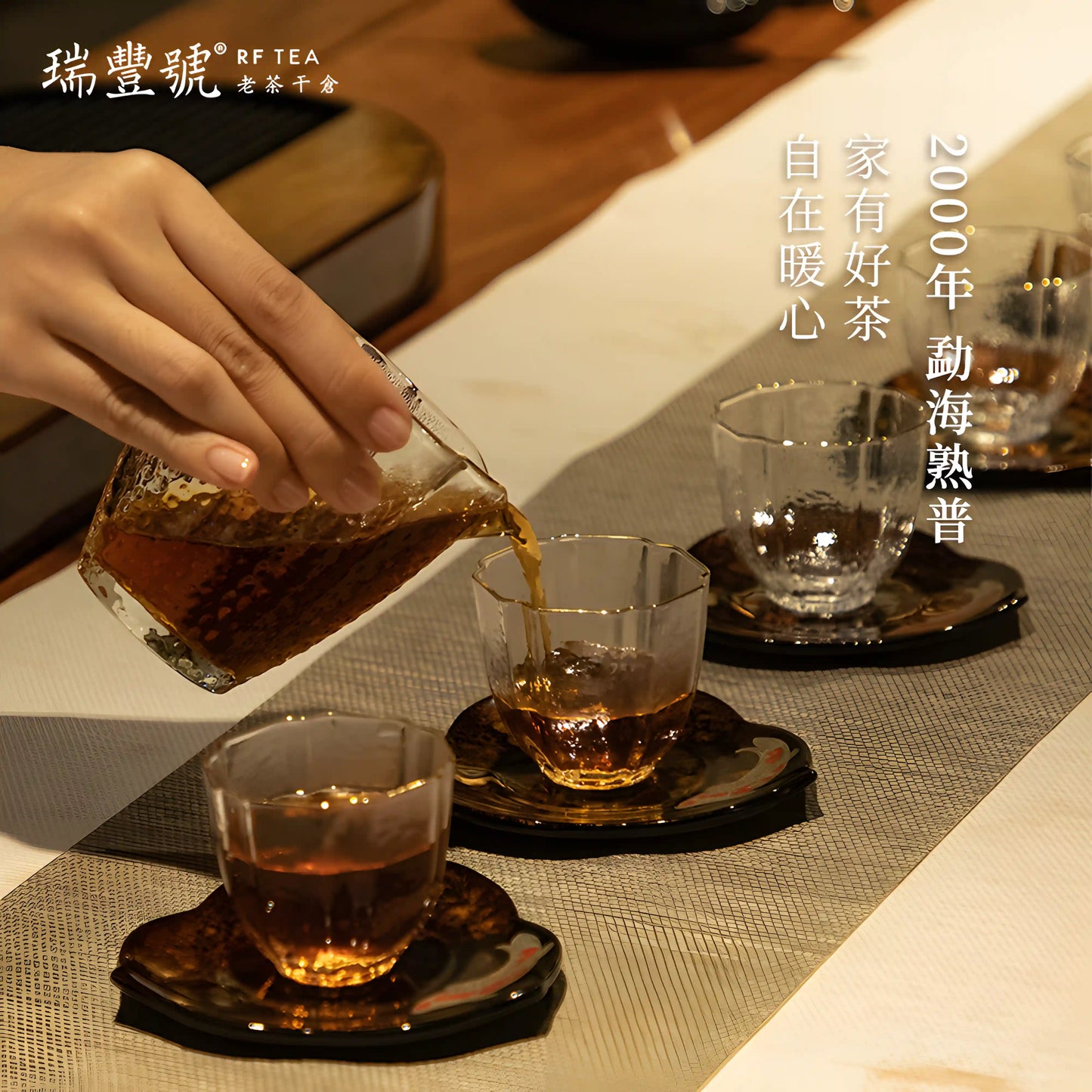

Blog posts
View all-

10/10 Would Recommend: The Healthy, Daily Ritua...
Discover why our Organic Rose Tea & Ceramic Mug Set is the Christmas gift she'll treasure daily. Featuring Xinjiang organic roses, premium Yunnan black tea, and authentic Ru Kiln ceramics,...
10/10 Would Recommend: The Healthy, Daily Ritua...
Discover why our Organic Rose Tea & Ceramic Mug Set is the Christmas gift she'll treasure daily. Featuring Xinjiang organic roses, premium Yunnan black tea, and authentic Ru Kiln ceramics,...
-

How to Store Pu-erh Tea: Aging Tips, Probiotic ...
Discover how to properly store Pu-erh tea (sheng & shou) to prevent spoilage and unlock its full aging potential. This guide covers humidity, ventilation, microbial benefits, and how Pu-erh evolves...
How to Store Pu-erh Tea: Aging Tips, Probiotic ...
Discover how to properly store Pu-erh tea (sheng & shou) to prevent spoilage and unlock its full aging potential. This guide covers humidity, ventilation, microbial benefits, and how Pu-erh evolves...
-

Raw vs. Ripe Pu-erh Tea: What’s the Difference?
Curious about the difference between Raw and Ripe Pu-erh? In this article, we explore their production methods, flavor profiles, fermentation process, and health benefits—plus real customer feedback to help you...
Raw vs. Ripe Pu-erh Tea: What’s the Difference?
Curious about the difference between Raw and Ripe Pu-erh? In this article, we explore their production methods, flavor profiles, fermentation process, and health benefits—plus real customer feedback to help you...

